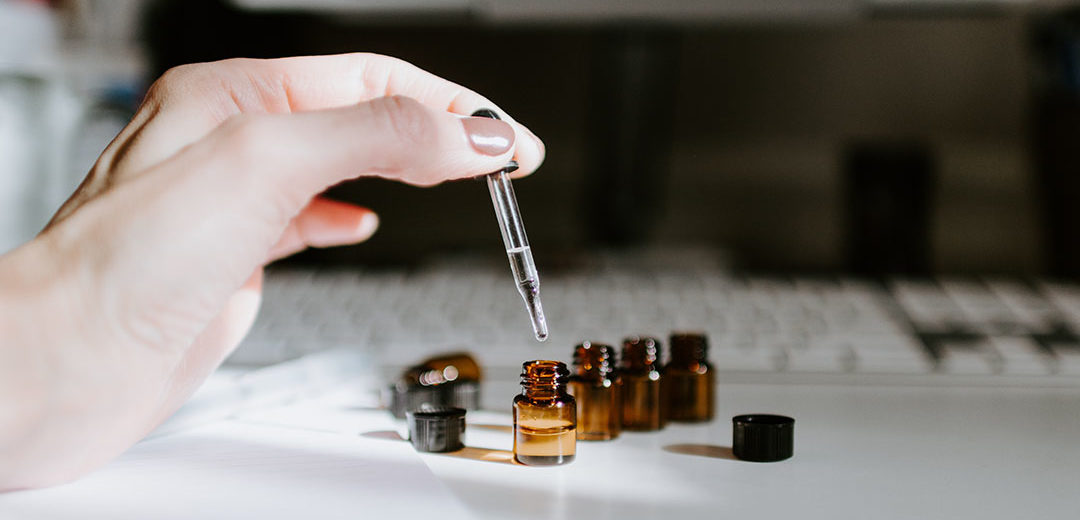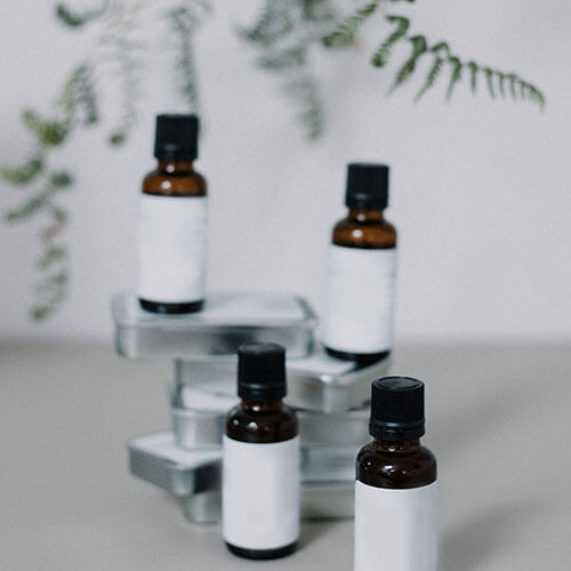
Natural ingredients vs synthetic ingredients in perfumes: a real debate?
Written on 29 April 2022
See also

Holiday gift ideas
Written on 9 December 2025
Giving the gift of a perfume, a cosmetic, or a home fragrance by Galimard is much more than just a present: it is the gift of a moment, an emotion, a way of sharing the art of living of the Côte d’Azur. From our perfume house founded in Grasse in 1747, Parfumerie Galimard presents fragrant […]

Blanc d’Azur and Instants Riviera : Introducing two new fragrances
Written on 12 November 2025
“Provence is a sea of blue hills, that we traverse as through a dream” Marcel Pagnol Shades of blue, dazzling dreams and more, this is the inspiration of Maison Galimard this autumn, and we are glad to share it with you. Discover the latest perfumes : Blanc d’Azur and Instants Riviera by Galimard The […]

Interview: portrait of Jean-Pierre Roux
Written on 16 October 2025
Welcome to Galimard! The year 2025 is slowly coming to an end and, among the many events that have marked it, the launch of our emblematic perfumes “J”, “R” & “T” certainly stands out. A happy coincidence (or perhaps not such a coincidence?) made this collection symbolically named “HÉRITAGE” see the light of day in a […]


